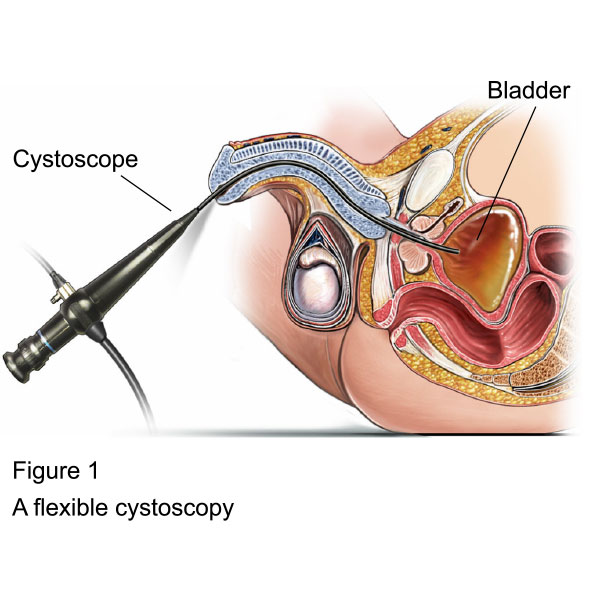



The dedicated Pawar Multispeciality Hospital is one of the best hospitals in Pune for Cystoscopy Surgery. The hospital conducts various Cystoscopy Surgeries.
A cystoscopy is a procedure done on urinary bladder. During a cystoscopy the urologist uses a scope to look at the inside of the bladder, where urine is stored, and in the urethra, the channel that urine flows through out of the bladder.
A cystoscopy may also be used to remove something that shouldn’t be there, such as a bladder stone, or to take a biopsy (a sample of tissue) from the bladder lining to analyze it in the lab for further information.
The procedure can also help with placing a catheter, which is a thin drainage tube for urine.
The cystoscopy procedure is ordered by the urologist when more information is needed about what is happening inside the lower urinary tract. Most often it is used to check for any problems in the bladder and its lining. The procedure is also an important tool to identify what may be causing abnormal problems, such as:

Before the procedure is recommended, the urologist will ask about the patient’s medical history, current prescription and over-the-counter medications, and allergies to medications, including anesthetics. The urologist will explain what the patient can expect after the procedure.
The patient may need to give a urine sample to test for a urinary tract infection (UTI). If the patient has a UTI, the urologist may treat the infection with antibiotics before performing a cystoscopy.
The urologist or nurse may ask the patient to drink plenty of liquids, and to urinate immediately before the procedure.
The cystoscopy procedure usually takes about 30 minutes and is done on an outpatient basis. The urologist will recommend that the patient empty his or her bladder before the procedure begins.
As the liquid enters the bladder, the patient may again feel some discomfort as well as the urge to urinate. If necessary, the urologist can remove some of the liquid from the bladder during the procedure. Once the procedure is over, the urologist may drain the patient’s bladder, or ask the patient to use the bathroom to urinate before he or she leaves the office.
During the brief procedure, the urologist examines the lining of the urethra as the cystoscope passes through it and then into the bladder. Once the cystoscope reaches the bladder, the urologist examines the lining of the bladder. During the procedure, the urologist can remove a bladder stone or take a biopsy if needed.
Typically, a cystoscopy is done in the urologist’s office and afterwards most patients go home the same day as the procedure. Sometimes after a cystoscopy procedure, the patient may:
These problems should not last more than a day after the procedure. If pain persists, bloody urine lasts longer than 48 hours, or the patient develops a fever, the patient should call the doctor.
Occasionally, the patient may have an increase in urinary frequency for the first 24 hours after the procedure. There may be also a change in the color of the urine (it may be darker, or look pink or red due to mild bleeding). This is common, especially if a biopsy was taken.
If necessary, the urologist may prescribe an antibiotic to take for a couple of days after the procedure to prevent an infection. If you have severe pain, chills, or fever (these could be signs of an infection), it is important to call the urologist’s office and explain the symptoms.
A cystoscopy can be used to investigate symptoms that involve the urethra or the bladder. You may need to have a cystoscopy to determine the cause of concerns such as:
However, this invasive procedure is typically done after an abnormality of the urethra or bladder has been discovered on an X-ray, magnetic resonance imaging (MRI), or a computed tomography (CT) scan, which are non-invasive tests. Cystoscopy provides your doctor with a different view that can help lead to a diagnosis.
Upon visualizing the inside of your urethra and bladder, your doctor may be able to identify structural abnormalities, areas of inflammation, growths, or ulcerations and diagnose a number of conditions on sight, including: